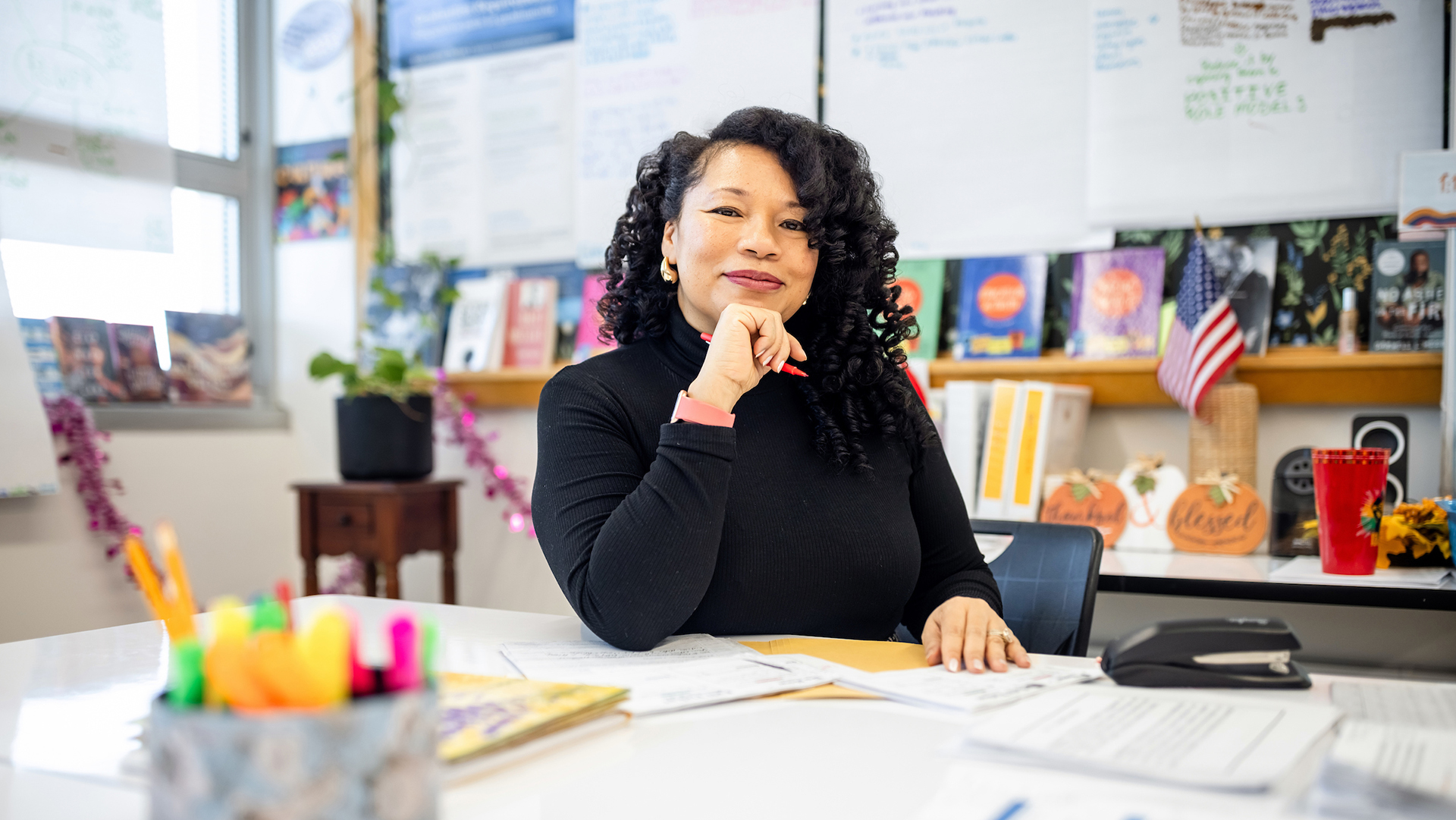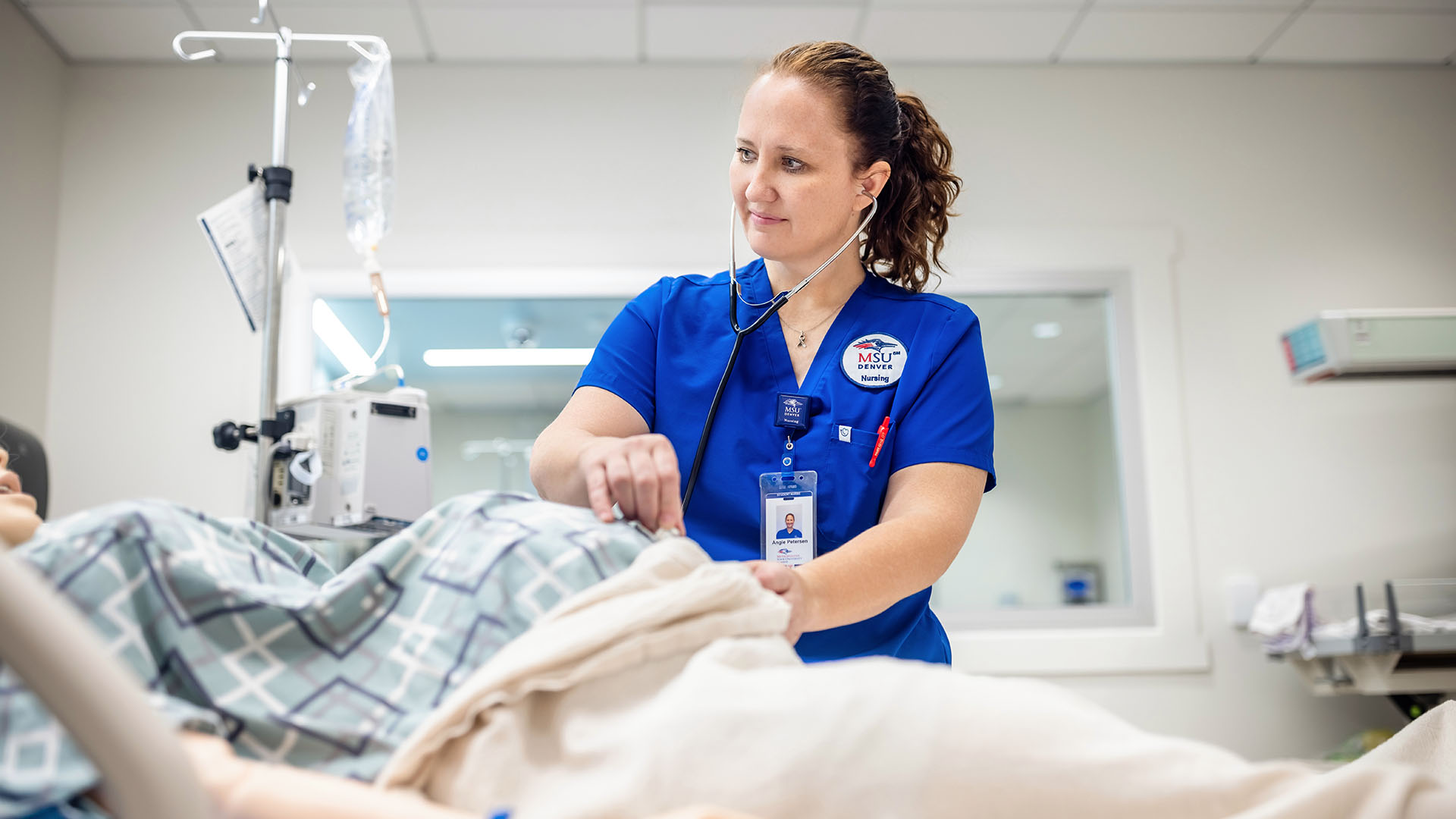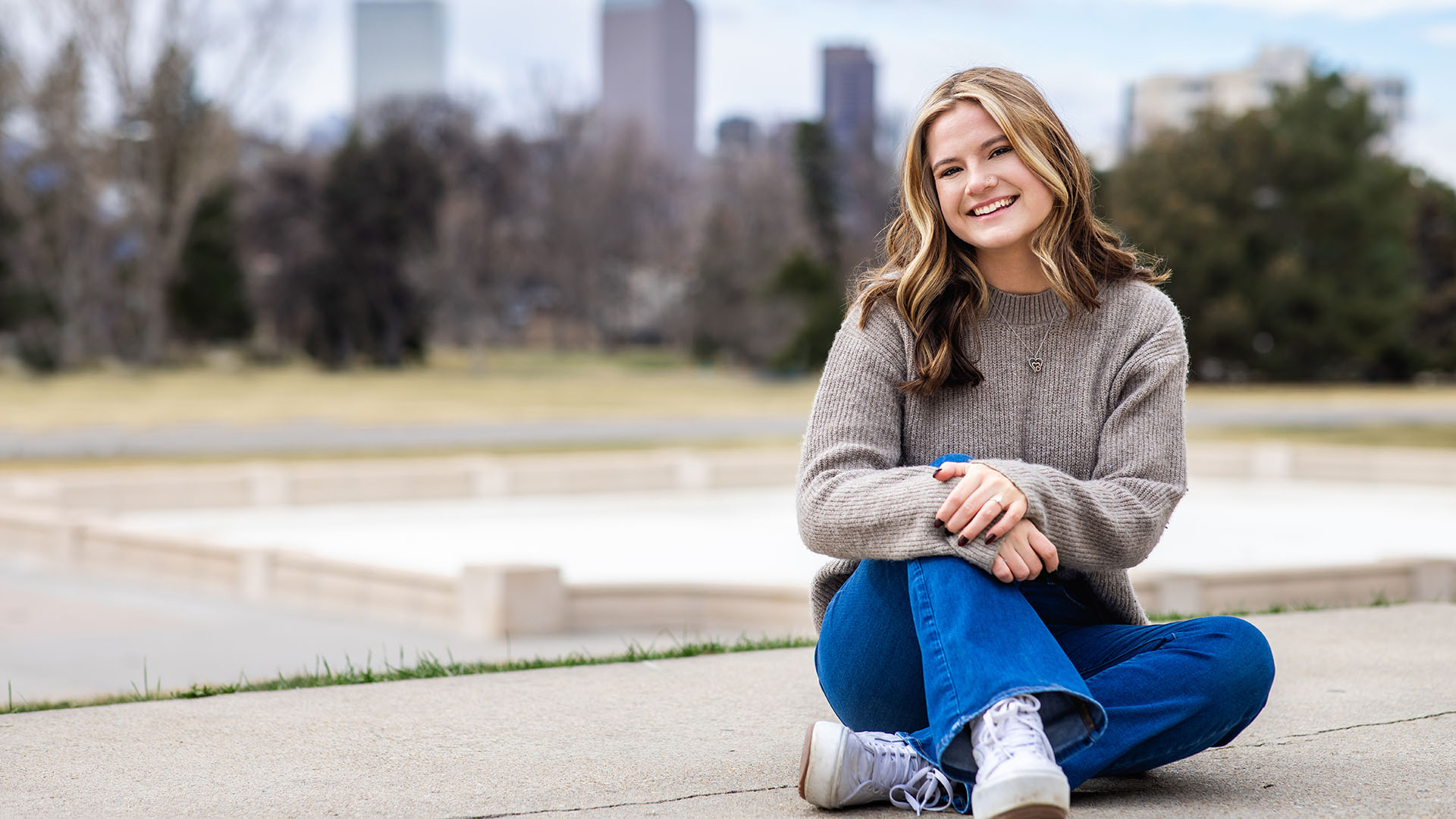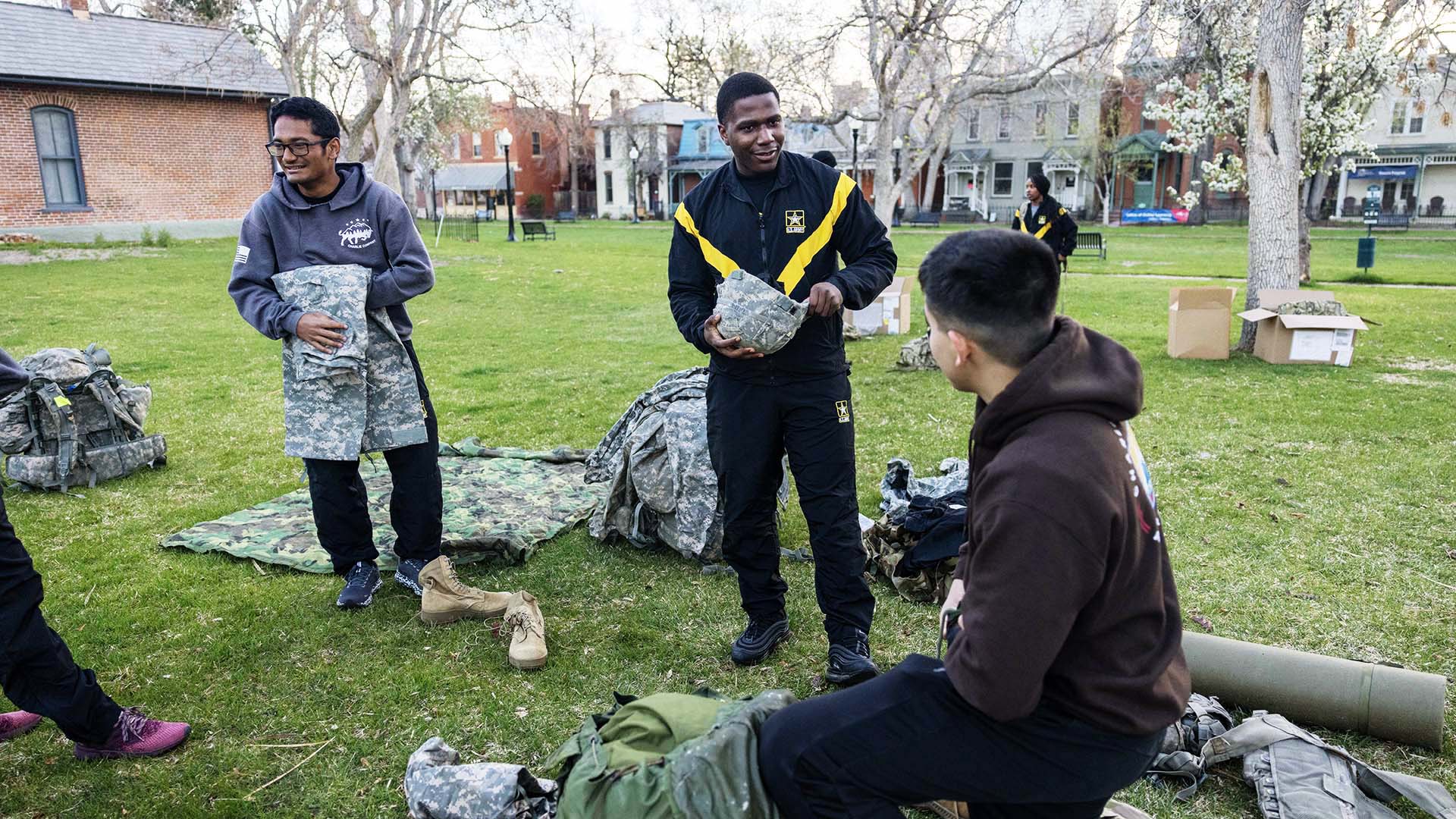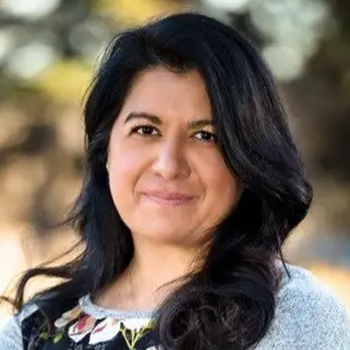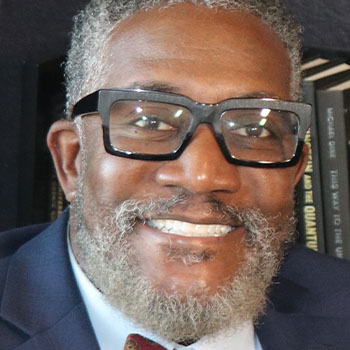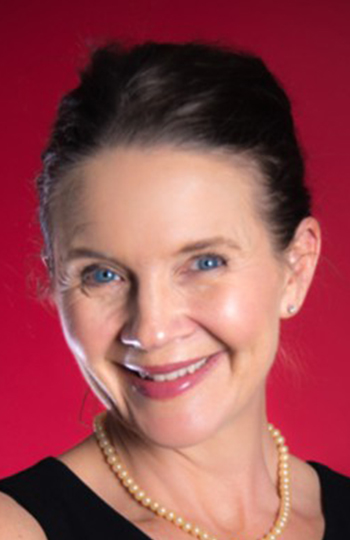Higher education adapts to remote learning during COVID-19 pandemic
When the coronavirus shuttered the Auraria Campus, MSU Denver professors and students embraced the difficulties and opportunities presented by online classes.
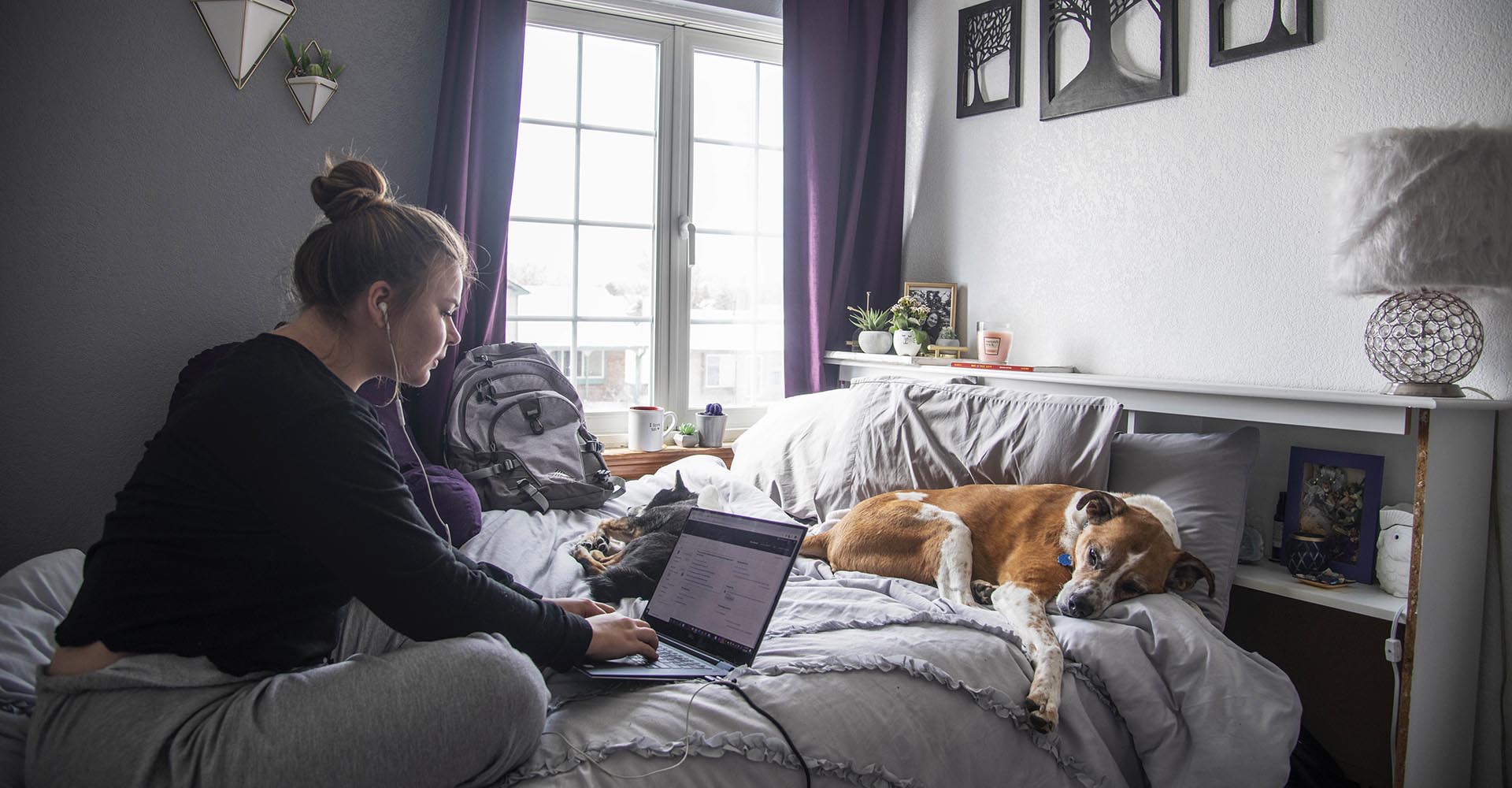
Nicole Predki was networking at the American College Dance Association’s Northwest Conference at Gonzaga University in Spokane, Washington, on March 14. The next day, she hopped on a flight back to Denver, head filled with new ideas to implement.
Instead, the co-coordinator of Metropolitan State University of Denver’s Dance Program was forced to figure out how she would teach her students in a way she never imagined she would have to do: remotely via internet video conferencing.
The COVID-19 pandemic forced MSU Denver on March 16 to join thousands of other universities in the country in ceasing in-person classes in favor of online learning for the remainder of the spring semester and for most summer classes. The announcement forced MSU Denver faculty members such as Predki to reorchestrate the way they teach in the middle of the semester.
Nearly two months since the abrupt transition, Predki, who teaches ballet, improvisation and choreography, and dance repertory, described the process of switching to online learning as “intense.”
“It has been a challenge, but it has shown us how resilient we are and how creative we can be,” she said. “It has also shown us how much we miss being together.”
Some faculty members embraced the unexpected emotions and experiences brought on by the transition to remote learning. Sheryl Zajdowicz, biology affiliate faculty coordinator at MSU Denver, teaches pathogenic microbiology and immunology. When she found out the University was moving classes online, she said she “felt like a new faculty member again.”
“My first thought was, ‘I have to do this – figure out the best approach’,” she said.
Dance, everywhere
The transition to remote learning has been difficult but inspiring for Predki’s dance students.
“It was definitely a hard transition in the first couple of weeks,” said Katy Gallagher, a third-year dance major. “Building in that structure and schedule when you don’t have to come to campus can be challenging.”
But alongside Predki and other dance instructors, Gallagher and other students are rising to that challenge. Predki is tailoring individual dance exercises and projects for each of her students, who then record video clips of their work to be shared with their instructors and classmates. Gallagher was among several of Predki’s students who participated in a collaboration with MSU Denver’s Music Department, in which dancers and members of the University’s Chorale recorded their parts remotely and edited them together as part of a virtual performance series.
“It’s been pretty eye-opening because I can choose things that are particular to my body and my dance experience,” Gallagher said. “I’m actually spending more time dancing at home than I did dancing at school. Being in my own space allows me to focus on things I wasn’t able to do before.”
That creativity has led to some of Predki’s students finding new ways to illustrate the COVID-19 pandemic. Dance student Adriana Gonzales, for instance, is performing class assignments in empty parking lots close to her home.
“At first, I was just thinking about dancing in a big space while social-distancing. But after filming it, we noticed how desolate it was. So that definitely added another element to the dance – loneliness,” Gonzales said. “I wanted to dance how I felt.”
In Predki’s improvisation and choreography class, some students are getting creative in collaborating on a group dance project by using the online video-communication service Zoom.
As an example of a group dance on Zoom that her students are performing, Predki says to imagine two videos side by side. One dancer falls to the right and makes the dancer in the other video fall in the same direction.
The dancers have differing but interesting inspirations to work from now, Predki said, adding that the new restrictions have unleashed creativity.
“I think this reminds me of the resilience of humanity and our ability to adapt. But in terms of our dance students, it has been such an inspiration to see them work through these challenges and use these creative skills and see them in action,” she said. “This has been an inspiration to the teachers.”
Incorporating lessons from COVID-19 to students
Biology instructor Zajdowicz is focused on giving her students the same experience they would have if they were in class. She wanted to provide flexibility for her students, as some of them are preparing for medical school.
“A lot of them are working in health care. They are working extra shifts, and they are exhausted,” she said.
Zajdowicz’s classes have nonmandatory virtual meetings to give her students an opportunity to come together throughout the week to discuss her lessons.
“My classes are very applicable to the current situation, so it was a matter of trying to relate this with the topics at hand,” she said.
For her immunology course, for instance, Zajdowicz and her students have been talking about COVID-19 vaccines that are undergoing trials, how those vaccines can be beneficial and more.
Meanwhile, her pathogenic-microbiology class was isolating microbes before campus closed to characterize and determine certain elements about the microorganism.
But because her students can’t work with microbes at home, Zajdowicz has been preparing lecture recordings and showing various medians the class would’ve used for lab work. She is also providing case studies where students can choose a case, go through steps and follow a path to see what microorganism they have in the case study. Those case studies are called “Micro Detective” because Zajdowicz says her students play detective when they go through the steps.
“We have all been able to communicate frequently,” said Zajdowicz. “We are finding things out at the same time others are, but (students) have been resilient and positive.”

